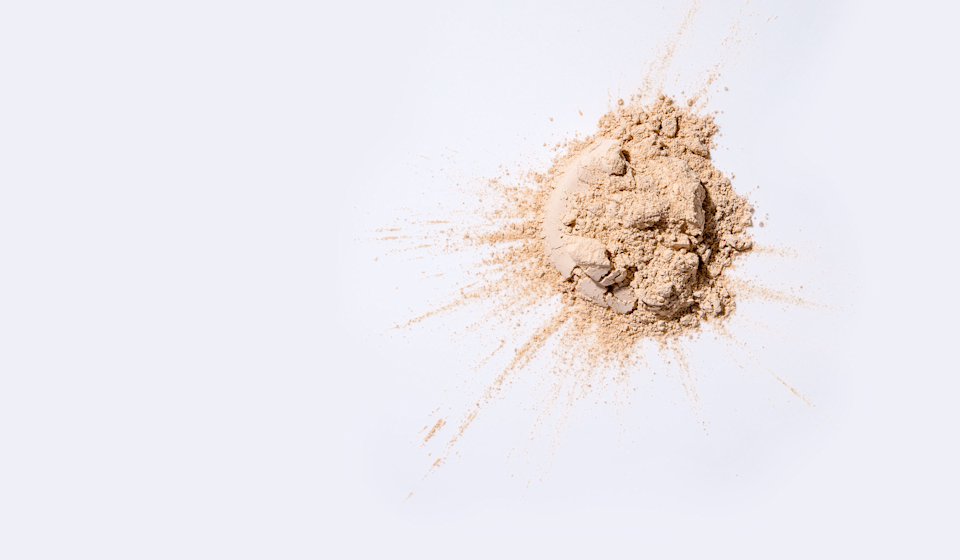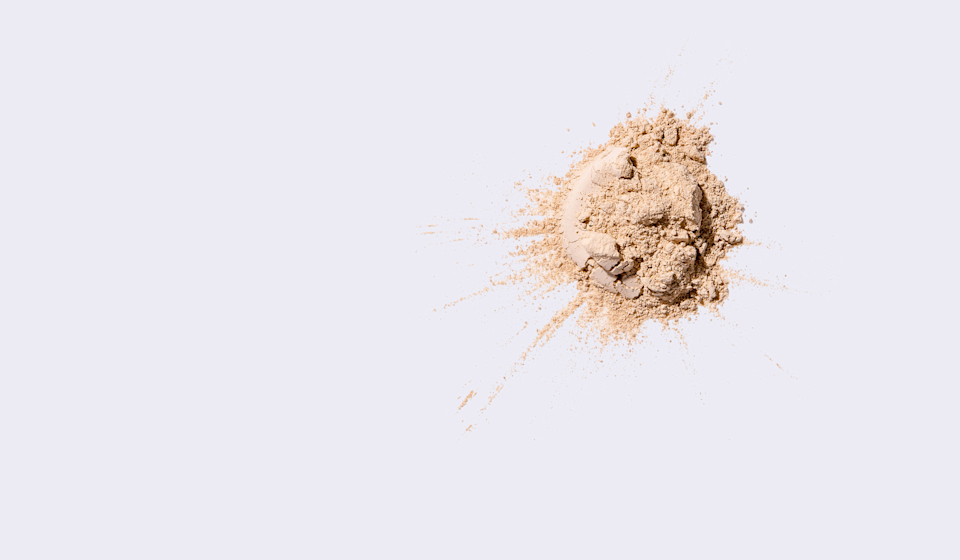Essential Takeaways
• Folate (vitamin B-9) is an essential nutrient and helps support normal cell-division, red blood cell formation, and contributes to normal energy-yielding metabolism. It’s recommended to get 400 mcg per day, and for pregnant people, the amount goes up to 600 mcg per day.*
• Many folate-rich foods include dark, leafy greens, beans, peas, lentils, and more. To help fill nutrient gaps in our diet, a folate-containing supplement like our Essential Multivitamin is a great way to help ensure we’re getting our recommended daily intake of folate.*
It’s time to give folate the props it deserves. Folate (vitamin B-9) is an absolute workhorse of nutrition, it’s the Dwayne “The Rock” Johnson of vitamins. It plays many important roles including supporting DNA Methylation, normal cell division, and neural tube development. However, like the other B vitamins, folate is water soluble, meaning the body doesn’t store it — so it’s critical to get proper amounts daily (more on that below). You might be thinking, how do I supercharge my folate intake? Don’t worry — we’ll share more info on the many ways to level up your folate game through foods high in folate and ensure you’re getting your share of this super-star nutrient.*
How Much Folate Do I Need?
Experts agree that people over age 14 need 400 mcg (micrograms) per day of folate or folic acid. For those in this age range who are not trying to get pregnant or are not currently pregnant, folate plays an important role in the body. Folate helps the human body methylate DNA and act as a cofactor in certain biological reactions. It is especially key in supporting cell division and supporting normal energy-yielding metabolism.* (1) When it’s not so easy to get all the nutrients you need daily, you can turn to our clinically-backed Essential for Women Multivitamin to help fill those gaps.
For people who are trying to get pregnant and pregnant people, that amount goes up to 600 mcg — due to folate’s essential role in supporting neural tube development in utero. (2) For those that fall into either of those two categories, we’ve formulated our Essential Prenatal Multivitamin to help fill nutrient gaps, including folate. People who are lactating need 500 mcg of folate per day. Don’t worry, if that’s you, we’ve got you covered too, with our Essential Postnatal Multivitamin.*











